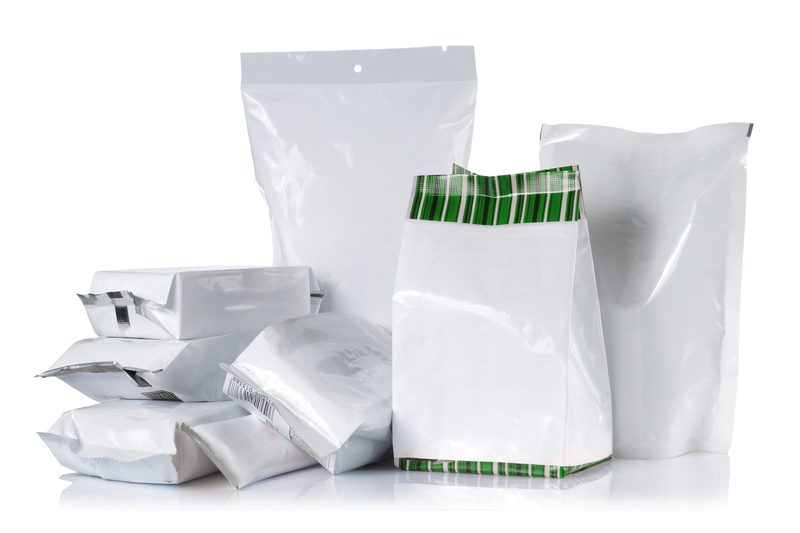Finding Innovative Ways to Stop Microplastic Pollution
Microplastic pollution is a rising environmental concern, with tiny plastic particles infiltrating our oceans, rivers, and even the air we breathe. Understanding the impact and finding innovative solutions to combat this pollution are pivotal to ensuring a healthier planet.
The Impact of Microplastic Pollution
Microplastics, defined as plastic pieces less than five millimeters in size, originate from industrial processes, tire wear, or the breakdown of larger plastic debris. These minute particles have pervasive consequences:
- Threat to Marine Life: Many marine animals ingest microplastics, mistaking them for food, which can lead to internal injuries, poisoning, and even death.
- Water Contamination: Microplastics have been detected in diverse water sources, jeopardizing drinking water safety.
- Human Health Concerns: The ingestion and inhalation of microplastics raise potential health risks that scientists are actively researching.

Innovative Solutions to Mitigate Microplastic Pollution
Addressing microplastic pollution requires a multi-faceted approach, driving innovation in various fields:
Enhanced Waste Management
- Advanced Recycling Technologies: To reduce the production of microplastics, it is crucial to improve recycling methods. Technologies such as chemical recycling can break down plastics more effectively, allowing for a higher-quality reuse.
- Improved Waste Sorting Systems: Employing artificial intelligence and sensors in waste sorting can help segregate microplastic-laden waste more accurately, preventing these particles from reaching landfills and water bodies.
Innovations in Product Design
Rethinking product design to minimize shedding or degradation into microplastics is essential:
- Biodegradable Materials: Developing materials that safely degrade in natural environments can significantly reduce microplastic pollution.
- Durable Product Design: Encouraging the design of longer-lasting products reduces frequent replacement and the resultant microplastic waste.
Fashion Industry Reforms
- Sustainable Textiles: The fashion industry is a major contributor to microplastic pollution through synthetic fibers. Emphasizing natural fibers and innovative sustainable textiles can curtail this impact.
- Washing Machine Filters: Installing filters in washing machines to capture fibers shed by synthetic clothes is an effective countermeasure.
Technological Innovations
Developments in technology present promising opportunities to tackle microplastic pollution:
- Nanotechnology: Researchers are exploring the use of nanotechnology to degrade microplastics into harmless substances.
- Plastic-Eating Enzymes: Scientists are engineering enzymes that can break down plastics, transforming them into biodegradable compounds rapidly.
Public Awareness and Policy Measures
Education and legislation can bolster other efforts against microplastic pollution:
- Public Education Campaigns: Raising awareness about the sources and effects of microplastics encourages individuals to make informed choices.
- Legislative Action: Enforcing bans on single-use plastics and incentivizing sustainable practices can drive significant change.

Engaging Communities in the Fight Against Microplastics
Community initiatives play a crucial role in reducing microplastic pollution:
- Local Cleanup Efforts: Organizing community cleanups of rivers, beaches, and parks can remove larger plastic debris before it becomes microplastic.
- Citizen Science Projects: Engaging citizens in monitoring local environments for microplastic presence can aid research and spur community action.
Conclusion: A Collective Responsibility
The challenge of microplastic pollution might seem daunting, yet with innovation, awareness, and collaboration, significant strides can be made. By adopting sustainable practices, shifting towards biodegradable materials, enhancing waste management, and supporting technological advancements, we can curb the insidious spread of microplastics. Our planet's health depends on individual and collective responsibility to ensure a cleaner, safer environment for future generations.